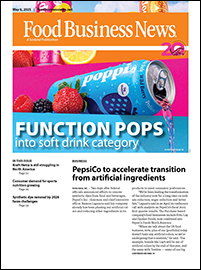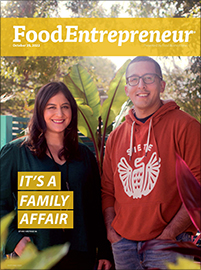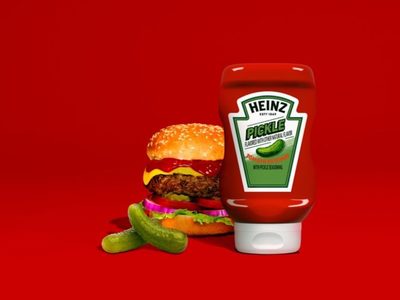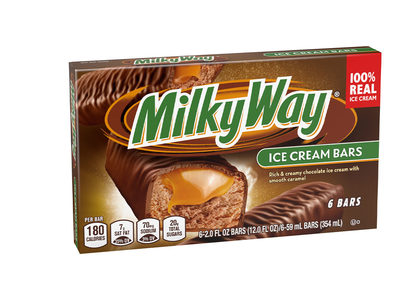Caramel colors have brought desirable brown shades to beverages for more than a century. Like the beverage industry, the caramel color industry is innovating, such as by achieving organic certification or trying to ease consumer concerns regarding some chemicals.
Caramel became popular in beverages when the carbonated soft drink industry grew rapidly in the early 1900s, said Tom Schufreider, chief operating officer of Sethness Products Co., Skokie, Ill. The caramel color industry then grew in lockstep with the carbonated soft drink industry.
“Historically obviously the colas and root beers in the North American market have always been brown,” he said. “They are known and expected to be brown. That is what the consumer expects those products to look like.”
Caramel colors come in four classes. Class IV offers the greatest stability in carbonated soft drinks, Mr. Schufreider said. However, the manufacture of Class III and Class IV caramel may generate 4-MEI (4-methylimidazole), a chemical that is on California’s Proposition 65 list of substances that may cause cancer, although no human studies offer proof. A two-year mouse study showed an increased incidence of certain lung tumors, according to the U.S. Food and Drug Administration. The studies were conducted in rodents at levels of 4-MEI that far exceed current estimates of human exposure to 4-MEI from the consumption of Class III and Class IV caramel coloring in food products such as colas, according to the F.D.A.
“The caramel color industry, and Sethness Products in particular, has put a lot of resources into developing and manufacturing Class III and Class IV caramel colors with reduced levels of 4-MEI, reduced from the legacy products with no loss of effectiveness or applicability,” Mr. Schufreider said.
The F.D.A. has said that based on available information it has no reason to believe there is any immediate or short-term danger presented by 4-MEI at the levels expected in food from the use of caramel coloring.
“Class IV still works best in carbonated soft drinks performance wise,” said Jody Renner-Nantz, senior applications scientist for DDW, The Color House, Louisville, Ky. “Class IV caramels are safe, and they always have been safe.”
Class I plain caramel color and Class II caramel color have no 4-MEI. Class I plain caramel already has been shown to work in such applications as ready-to-drink teas, said Campbell Barnum, vice-president of branding and market development for DDW. Natural food store retailers may be more likely to accept products with Class I caramel color than those with Class III or Class IV caramel, he said. DDW, by using sugar instead of corn-based glucose, also offers certified organic Class I caramel color.
For another way to achieve brown, DDW offers colors from caramelized fruits and vegetables that have been shown to work in such beverages as tea and apple cider, Ms. Renner-Nantz said.
Sethness offers certified organic caramel in a liquid and powder form, Mr. Schufreider said. Both are Class I. Sethness also has achieved Non-GMO Project verification for Class I CSI caramelized sugar syrup and Class I CS5 caramelized sugar syrup. Sethness has submitted about 10 other formulations for possible Non-GMO Project verification, Mr. Schufreider said.
Replacing caramel in beverages may be difficult, said Stefan Hake, president of GNT USA, Tarrytown, N.Y. Formulators might use three or four different colors to eventually get to brown.
“That’s probably a very expensive way of doing it,” he said.
A heat treatment, which Mr. Hake likened to brewing coffee in the morning and turning the beverage brown, is another option.
“That is the direction that we need to go into,” he said.
The big soft drink companies need a huge volume for their products, making it more difficult for them to switch away from caramel, Mr. Hake said. GNT USA has worked to achieve caramel color for use in bread and confectionery items.
Chr. Hansen, which has a U.S. office in Milwaukee, has worked with beta-carotene and fruit juice blends to create caramel color replacers in such applications as yogurt, ice cream and other dairy items, but the company currently offers no caramel replacers for beverages, said Ashlee Martin, senior scientist for beverages for Chr. Hansen.
21
Nov
2023





